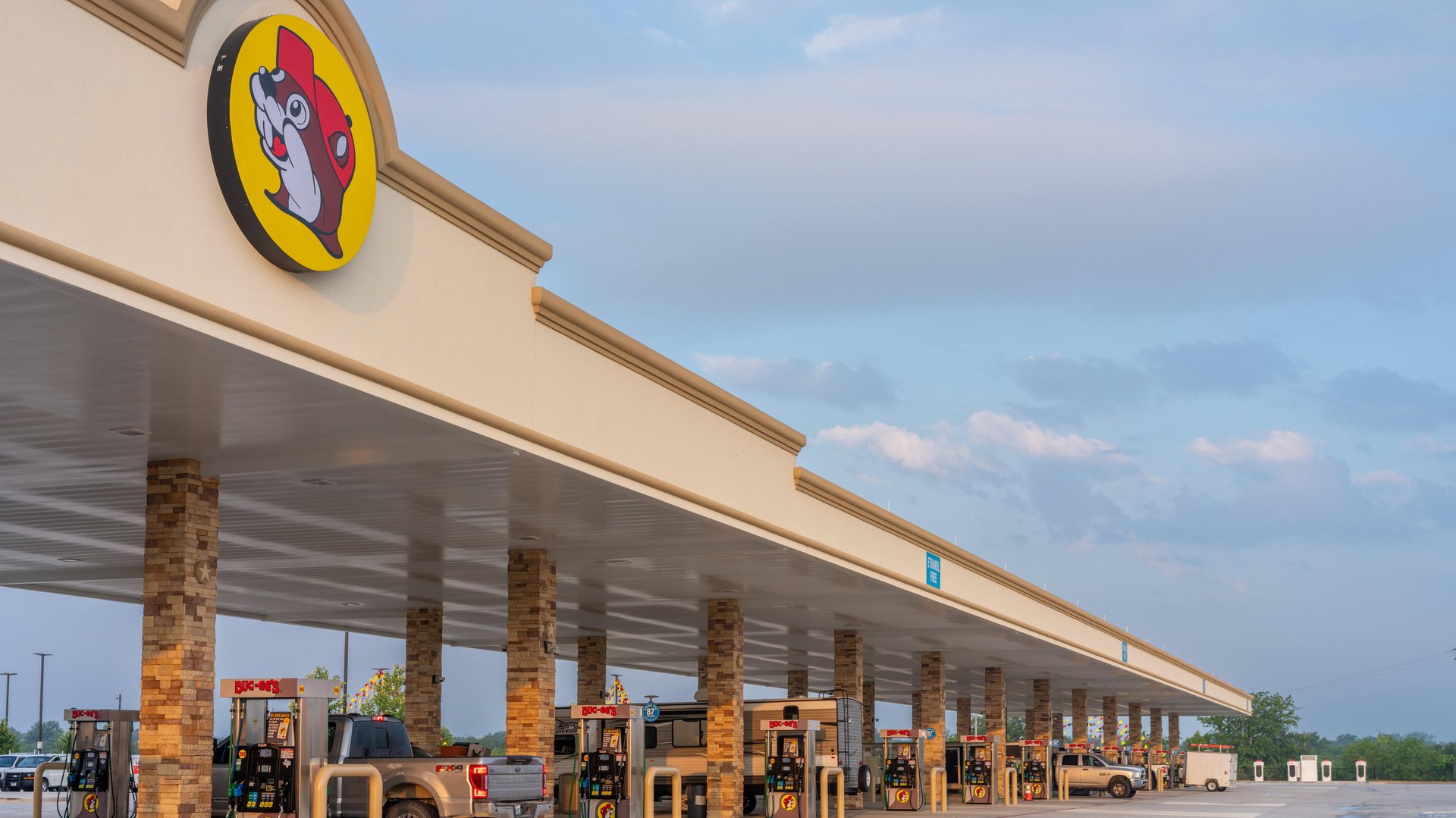It's never been about gasoline for Buc-ce's Stations. Here's why that's a winning business model
Buc-ee’s, Sheetz and Wawa elevated their stations to make gasoline sales nearly irrelevant

Rivalries between regional gas station chains, like Buc-ee’s in Texas or Sheetz and Wawa on the East Coast, reached a fever pitch in recent years. While regional pride played a factor in the rivalries that developed between brand fans, the drive to draw customers through their doors and make a profit created zealous supporters in the first place.
Suggested Reading
YouTuber Phil Edwards explored how gas station chains developed and adapted their business strategy to the times. And, no surprise, it has never been about the gasoline. Sheetz and Wawa were established as dairy stores in Pennsylvania, becoming chains in the 1960s. However, they didn’t start selling gas until much later—1973 for Sheetz and 1996 for Wawa.
Related Content
Major station chains don’t expect to make the lion’s share of their revenue through gasoline sales. The pumps were always intended to draw people inside the store. However, as self-service stations and payment at the pump became ubiquitous, every chain adopted this model. Edwards noted that the percentage of stations that sold food was double in states that allowed gas self-service compared to those that banned the practice.
Buc-ee’s, Sheetz and Wawa separated themselves from their competitors by offering better amenities and higher-quality food inside their convenience stores. Customers are now offered all kinds of branded apparel, 235-foot car washes and a WalMart-sized gas station.
